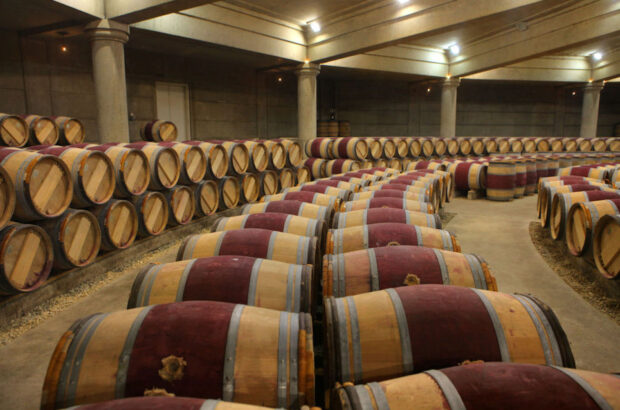drink now
A benchmark vintage in all districts, producing robust and long-lived wines
Weather Conditions
Flowering was early in Tuscany but the vineyards were slowed down by a very dry spring and summer. Light rain in August retrieved the situation to a certain extent although ripening remained behind schedule in parts of the north of the region. In Chianti the harvest was hit by hail, which contributed to the reduction of an already small crop. In Chianti Classico it was the smallest vintage of the decade, but granted careful selection, fruit quality was good to excellent. The harvest in the south of the region was trouble free.
Best Appellations
The best results were in Chianti where 1971 was officially rated a 5-star vintage. Bearing in mind that the Riservas of the period were typically made with less than 80% Sangiovese and contained substantial percentages of Trebbiano and Malvasia, many of the wines have shown exceptional ageing qualities. It was a good vintage for Brunello, less interesting for Vino Nobile di Montepulciano.
Best Producers
In Chianti Classico Ruffino, Pagliarese, Vicchiomaggio, Montagliari, Badia di Coltibuono and Selvapiana all enhanced their reputations with their 1971 Riservas. Antinori brought out the first Tignanello, which in its debut vintage was made entirely from autoctonous (red) varieties. Poggione and Costanti made highly rated Brunello.







